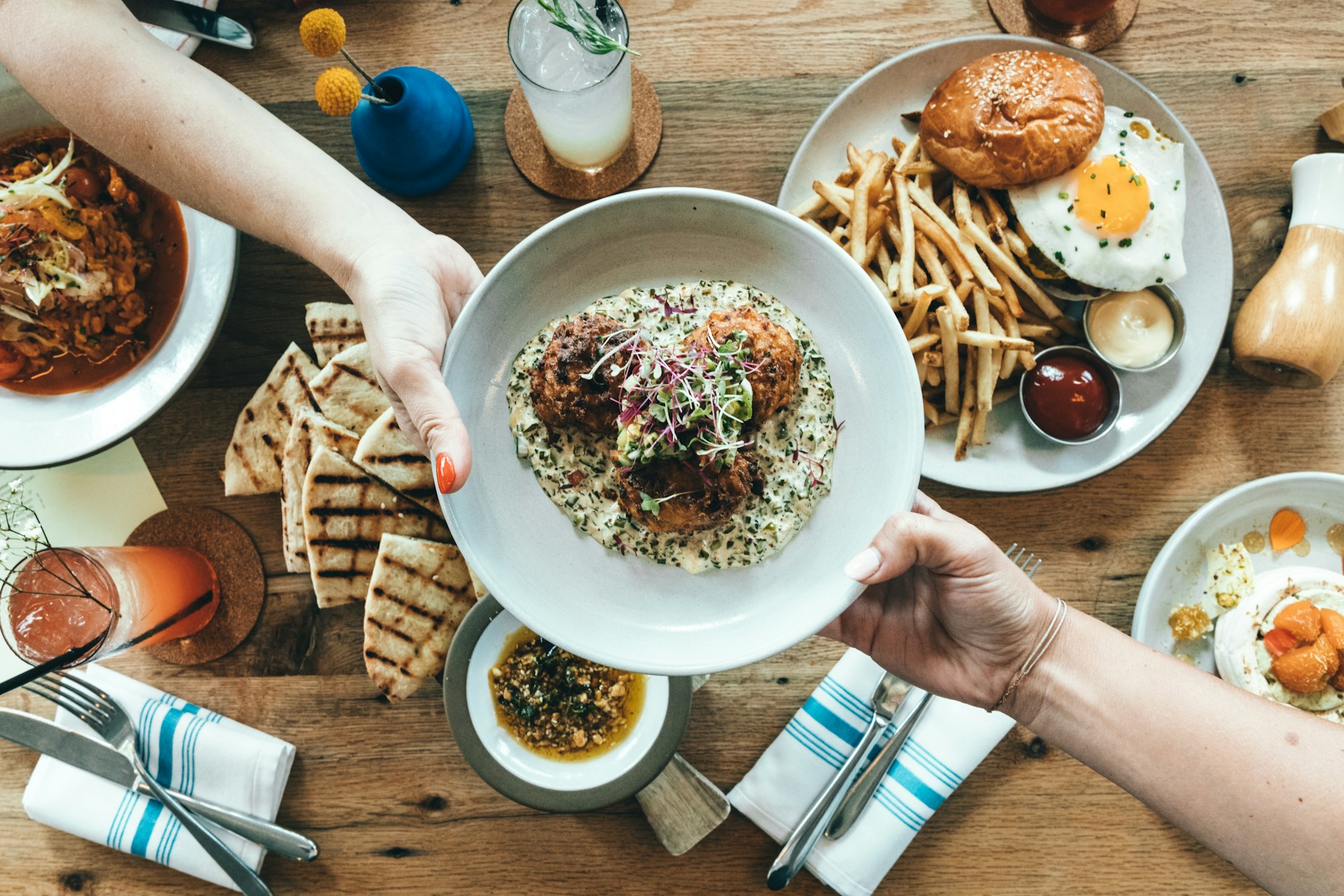
Body + Mind is reader-supported. We may earn an affiliate commission when you buy through some of the links on our site.
Managing your blood pressure is a lifelong learning process. You have to stay in tune with how your body responds to different foods as it changes throughout the years, but some foods will impact your blood sugar more than others. These are 10 foods diabetics should avoid that might not come to mind when you’re making your grocery list.
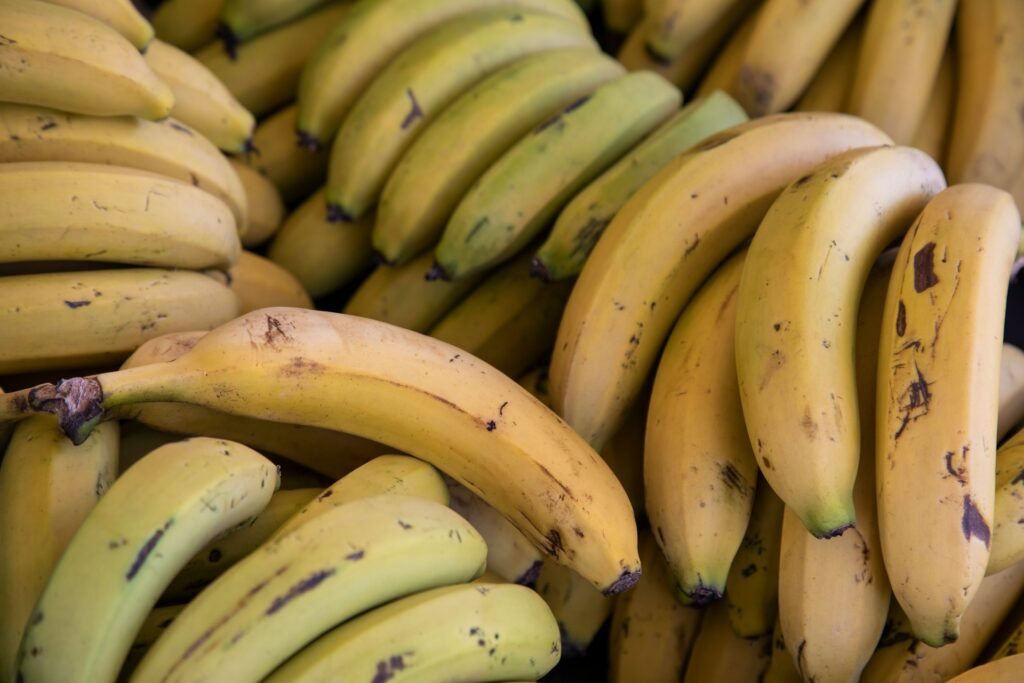
When you’re on the go, bananas are a quick snack that is easy to carry around. They might also be bad for your health. Their fructose levels grow until they reach peak ripeness, but don’t decrease as they go bad. You may need to find a new healthy snack if the natural sugars in bananas affect your blood sugar.

Sugar is a helpful preservative in many foods, so you’ll find it in store-bought oatmeal products. Making it yourself could reduce its overall impact on your blood sugar. The fiber makes oats blood-sugar friendly if you eat them without added ingredients. Get oats or oatmeal products with no-added-sugar labels so you know your breakfast doesn’t negatively impact your health.
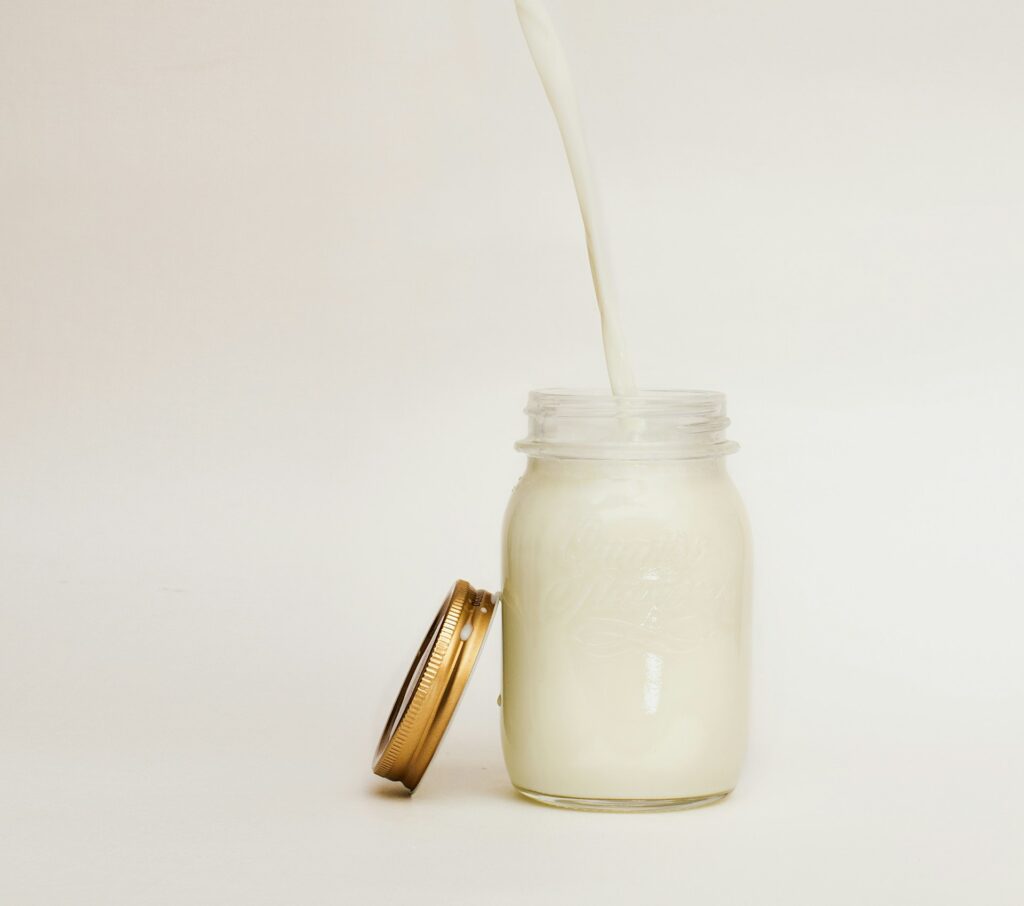
There are numerous reasons why you might choose not to drink dairy derived from animals, but some plant-based alternatives are among the 10 foods diabetics should avoid. Rice milk has the carbohydrate type and composition that makes blood sugar levels rise faster than cow-based milk. It’s another reason to monitor your blood sugar whenever adding something new to your diet, even if you think it’s blood-sugar friendly.
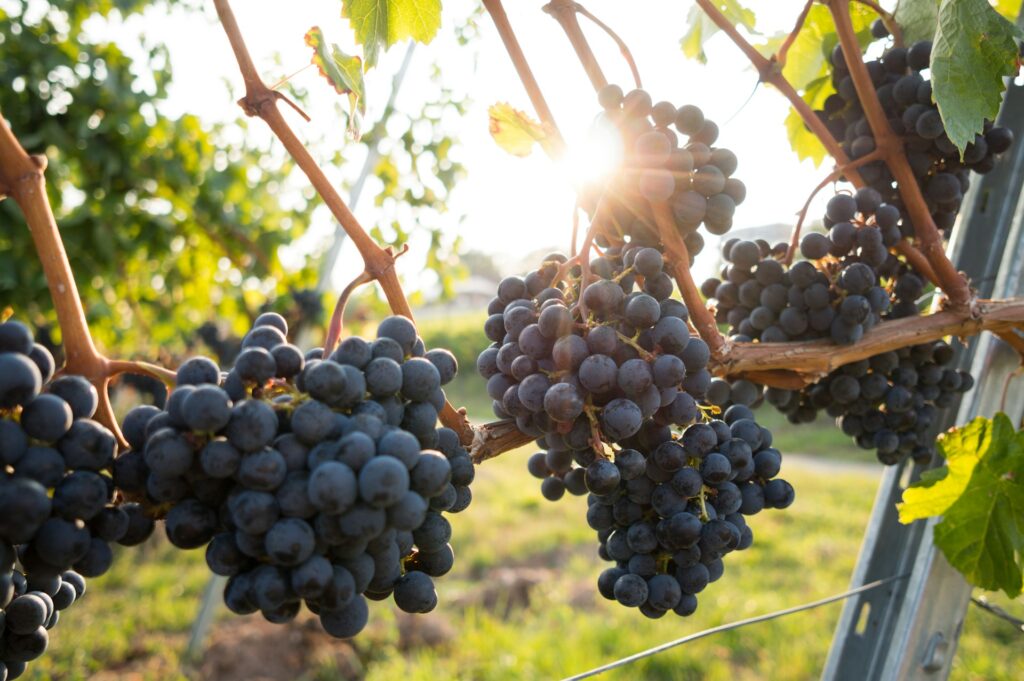
Snacking on grapes might help you reduce your risk of heart disease, but the impact on your blood sugar might not be worth it. It’s one of the many fruits that contain natural sugars. When you digest those sugars, their intense natural sweetness raises your blood sugar like processed sweeteners. Swapping those grapes for lower-sugar fruits or low-carb veggies will maintain your healthy diet without maintaining the same blood sugar risks.
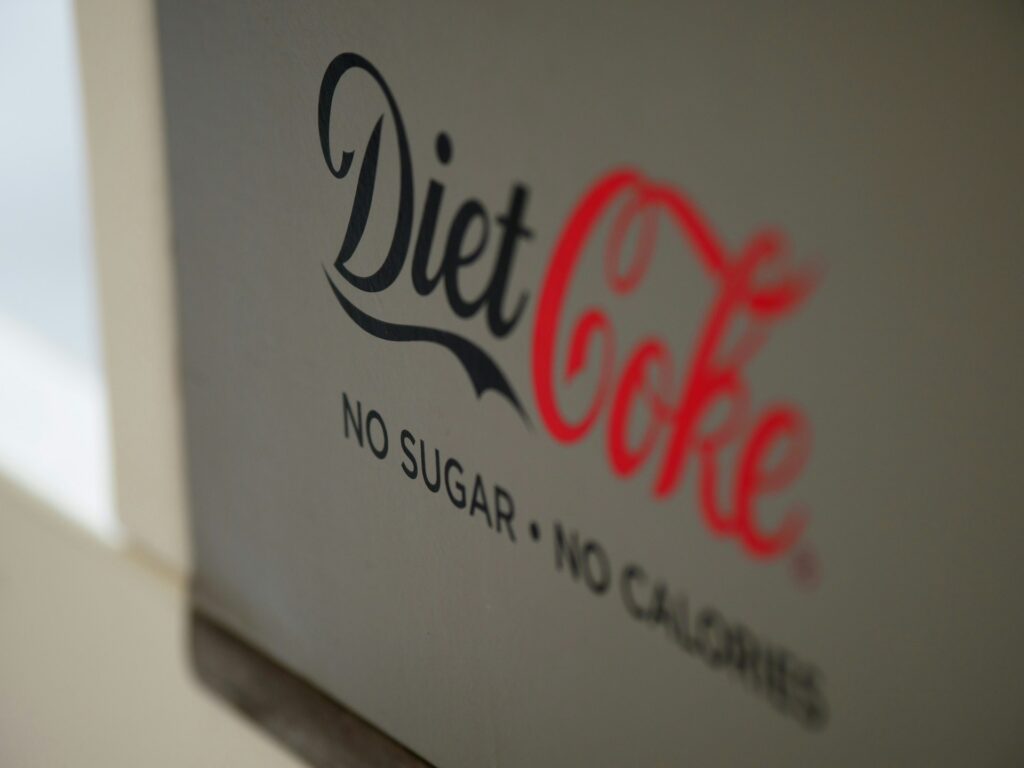
People often switch to diet sodas after getting a diabetes diagnosis. They may have less sugar, but that doesn’t mean they’re good for your body. When combined with food or other forms of glucose, diet soda does increase blood sugar levels more than if you consumed the food or other glucose alone.
You could swap your daily sodas with sparkling waters or bubbly beverages sweetened with stevia. Conduct blood sugar readings before and after enjoying a healthier beverage, as you never know how your body may react after adding something new to your diet. A nutritionist can also recommend alternatives to soda if you need extra inspiration.
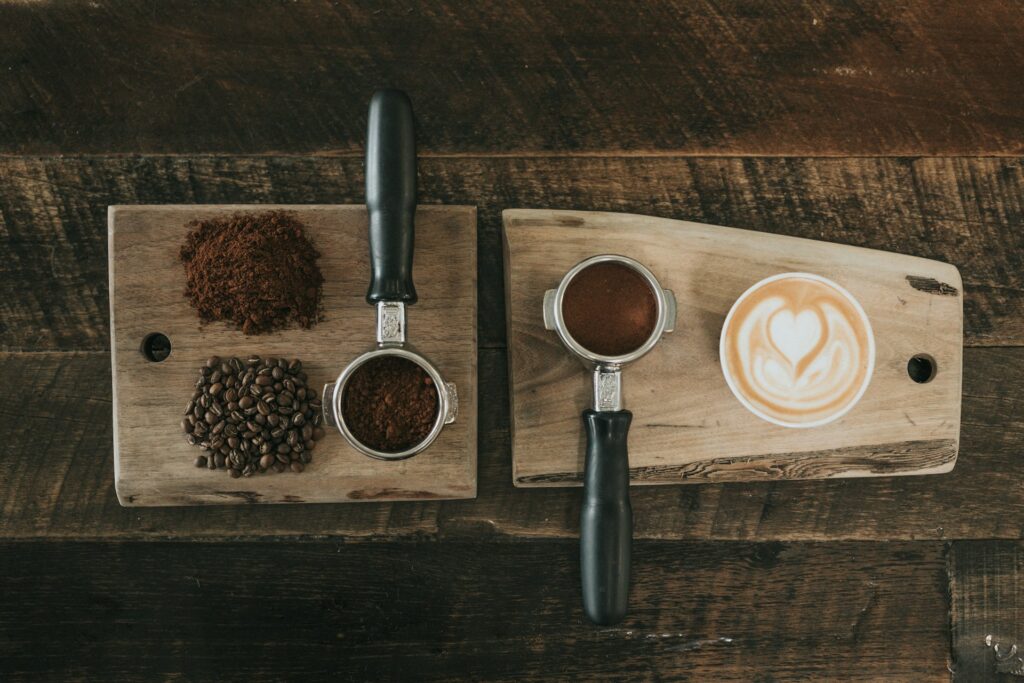
While your morning mug of coffee has enough caffeine to improve your memory retention, the coffee itself quickly spikes your blood sugar. Even if you drink it without sweeteners, coffee increases insulin resistance when people who are sensitive to sugars drink it daily.
If you find yourself experiencing similar results, you could switch to caffeinated teas that help you wake up and manage your health more effectively. Just ensure you’re not adding creamers with sneaky added sugars. Those will still impact your blood sugar, even if your selected tea doesn’t.
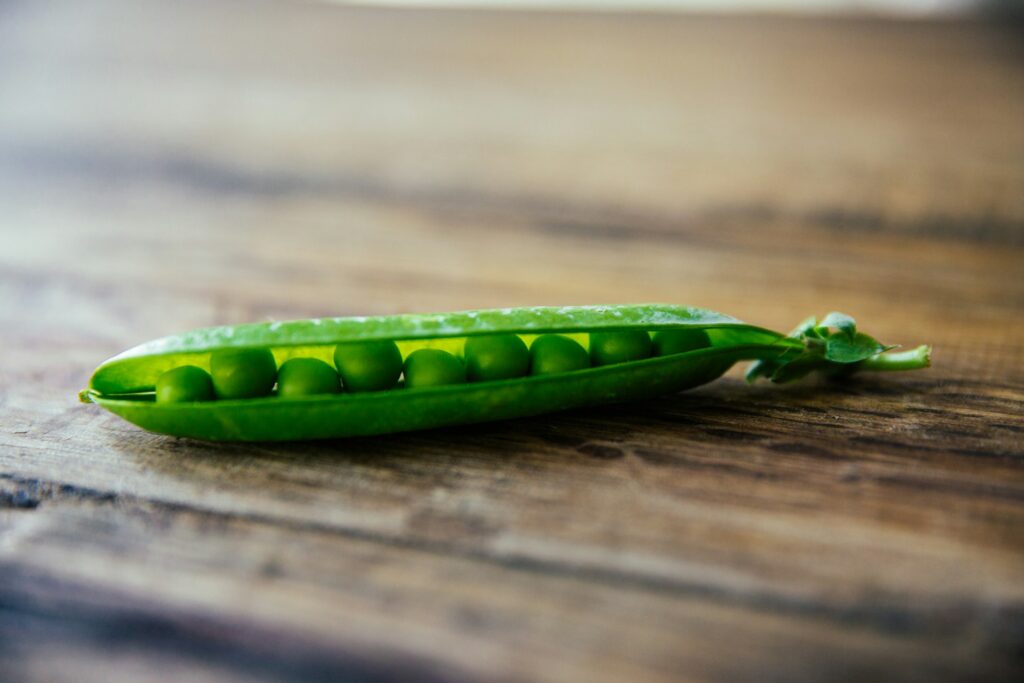
Vegetables are typically safe for people monitoring their blood sugar. Many are low-starch options, but peas are different. They’re one of the legumes that produce similar insulin results compared to glucose in people with diabetes. The resulting blood sugar spike is minimal but may be enough to cause complications if your blood sugar is already rising from the rest of your meal.
Tiny details like these are things to remember when adding new ingredients to your meals. Peas may affect blood sugar less than other carbohydrate-dense vegetables, but the effects are still worth watching for people who are sensitive to glucose. It’s why they’re one of the 10 foods diabetics should avoid unless they’re working with a nutritionist or doctor to expand their potential dietary options.
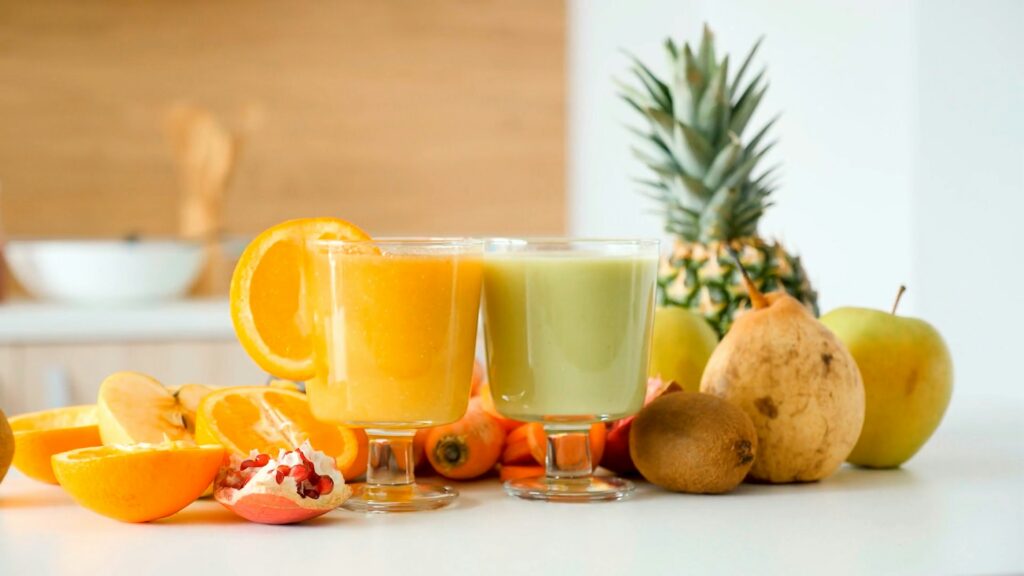
A cold glass of fresh fruit juice sometimes hits the spot. It can also be the thing that makes your blood sugar skyrocket. Natural and processed fruit juice correlate with type 2 diabetes because they contain organic and added sugars. Even low-sugar juice may have enough sweetness to negatively affect your body, depending on its sensitivity to fructose and glucose.
If you don’t want to permanently avoid fruit juice, you could make your own drinks at home with watermelon or pineapples and a juicer. Even though you’re not adding sweeteners, remember that your selected fruits still have natural sugars even though you’re not adding sweeteners. Try diluting the juice with extra water to double your servings while being more gentle with your body.
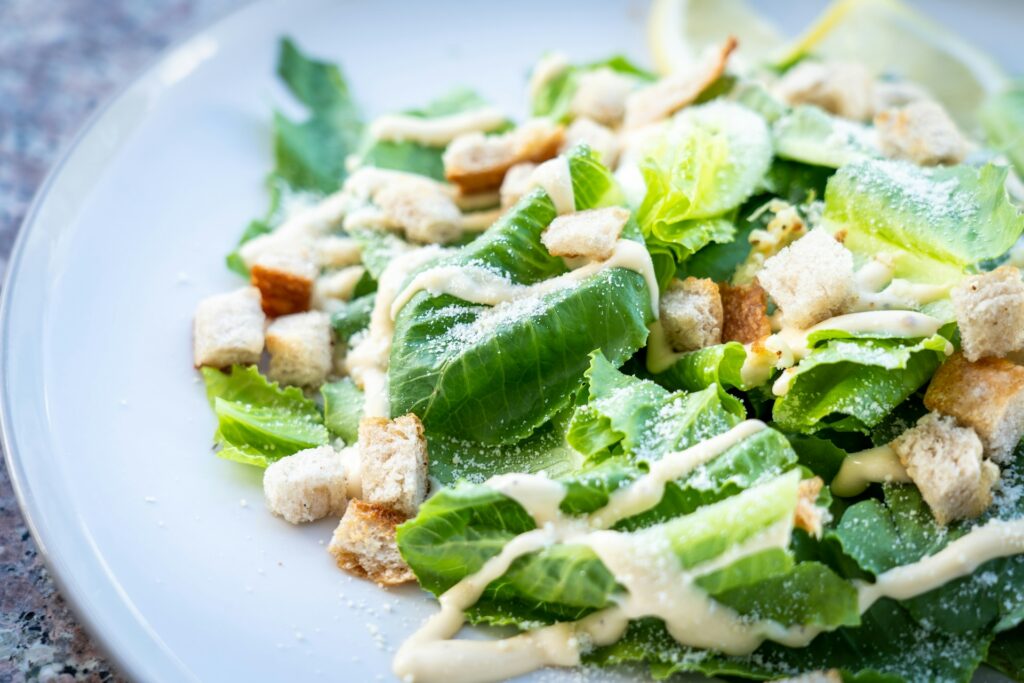
It’s hard to imagine a great salad without dressing. It’s a key ingredient that makes each leafy bite more palatable and flavorful, but check the nutrition label on your favorite products. Salad dressing brands put extra sugar in their creamy and oil-based dressings to stimulate consumers’ desire to consume more food and preserve the ingredients.
Try no-sugar-added dressings or homemade recipes to keep your favorite salad toppings without harming your blood sugar. You might also swap dressings with other gentle foods, like drizzling olive oil over your salads. Natural olive oil improves glucose metabolism, so you’ll help your body process your meals by making it a recurring salad topping.
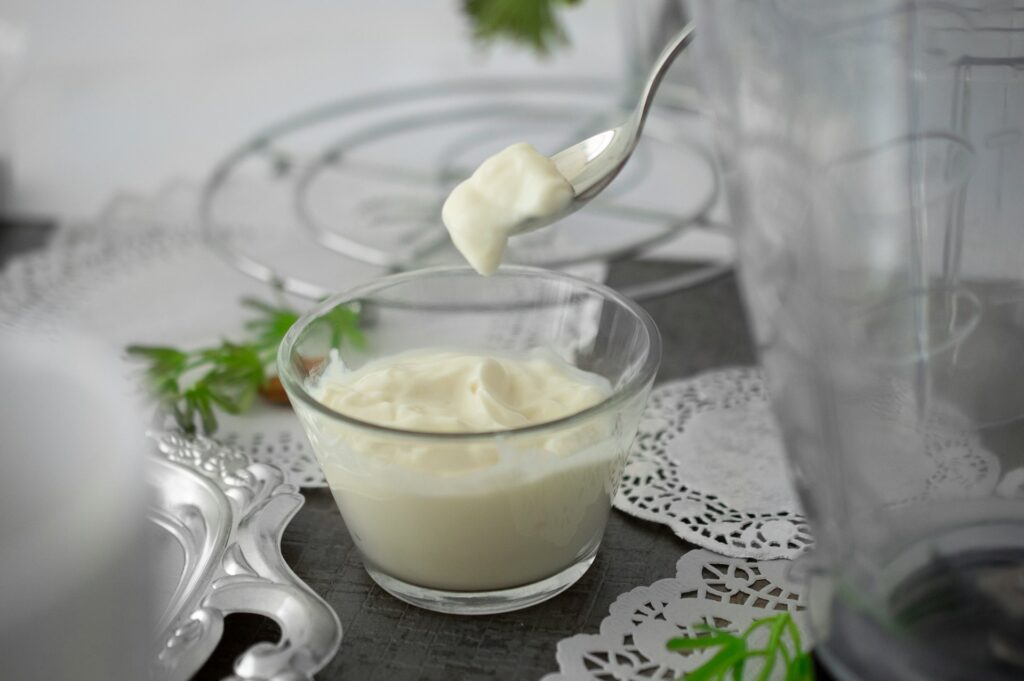
People often recommend yogurt as a snack or recipe ingredient for people with diabetes. The unflavored products may look delicious, but it’s always a good idea to check the nutrition label on any yogurt you want to buy. It often contains extra sugar to make the yogurt more shelf-stable and palatable.
Look for yogurt with no-sugar-added labels or unflavored products. You’ll get to enjoy the natural probiotic power of the fermented dairy product without worrying about your health. You can also monitor your blood sugar before and after eating yogurt by itself to better understand how each specific product at your grocery store affects your body.
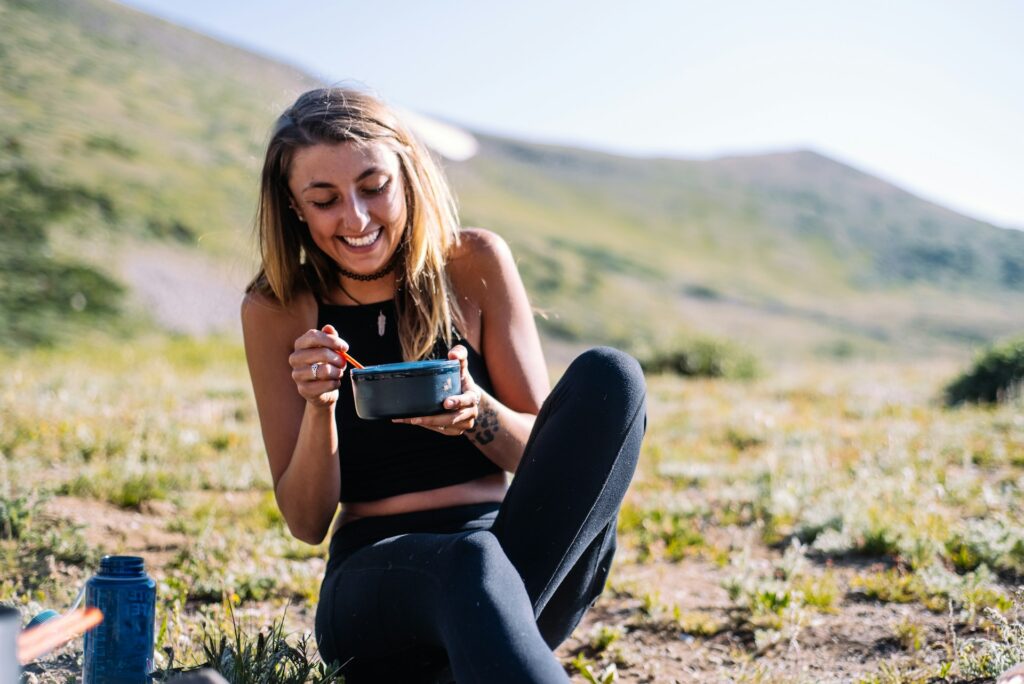
It’s always a good idea to talk with your doctor about any upcoming dietary changes. They’ll help you figure out how each food impacts your blood sugar so there’s less risk involved. You’ll get to enjoy different meals and new recipes with confidence because you read about these 10 foods diabetics should avoid.
Your email address will only be used to send you our newsletter, and at any time you may unsubscribe. For more information, see our Privacy Policy.